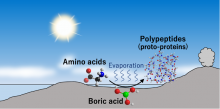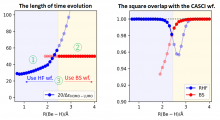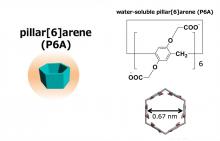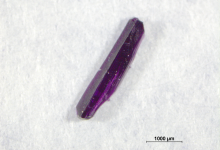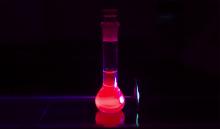Communications Chemistry
News
02 Aug 2022
Osaka Metropolitan University researchers have clarified the first suitable computational conditions for Adiabatic State Preparation (ASP) executable on a quantum computer, a method that can improve the accuracy of calculating atomic and molecular wave functions.
ASP is thought to be one of the leading methods for efficiently preparing correlated wave functions of molecules with complex electronic structures, but the specific conditions required for the calculations have not been thoroughly investigated so far. This new research has clarified the computational conditions needed to use ASP, a major development for making quantum chemical calculations on a quantum computer practical for chemical or materials research.
11 Jan 2021
Researchers at Kanazawa University report in Communications Chemistry that a molecule known as pillar[6]arene can form a host–guest compound with a cancer-associated metabolite. The phenomenon can be used to efficiently detect the metabolite in crude biological samples, which is important for preventing and treating metabolic syndrome and associated pathologies.
25 Nov 2020
A team of scientists has succeeded in visualizing how carbon dioxide (CO2) behaves in an ionic liquid that selectively absorbs CO2. The finding is expected to help develop more efficient methods to capture CO2 in the atmosphere, one of the major factors causing global warming.
21 Jan 2020
A stacked nanocarbon antenna makes a rare earth element shine 5 times more brightly than previous designs, with applications in molecular light-emitting devices.
19 Aug 2019
DGIST Professor Jaeheung Cho in the Department of Emerging Materials Science secured materials that lead aldehyde deformylation reaction. Confirmed the nucleophilic reactions by biomimetic materials… Expects to bring positive impacts on related research.
05 Sep 2018
An improvement to the catalyst that converts methane to syngas could lead to a more economical process.
Events
Sorry, no events coming up for this topic.
Researchers
Sorry, no researchers coming up for this topic.
Giants in history
Sorry, no researchers coming up for this topic.


